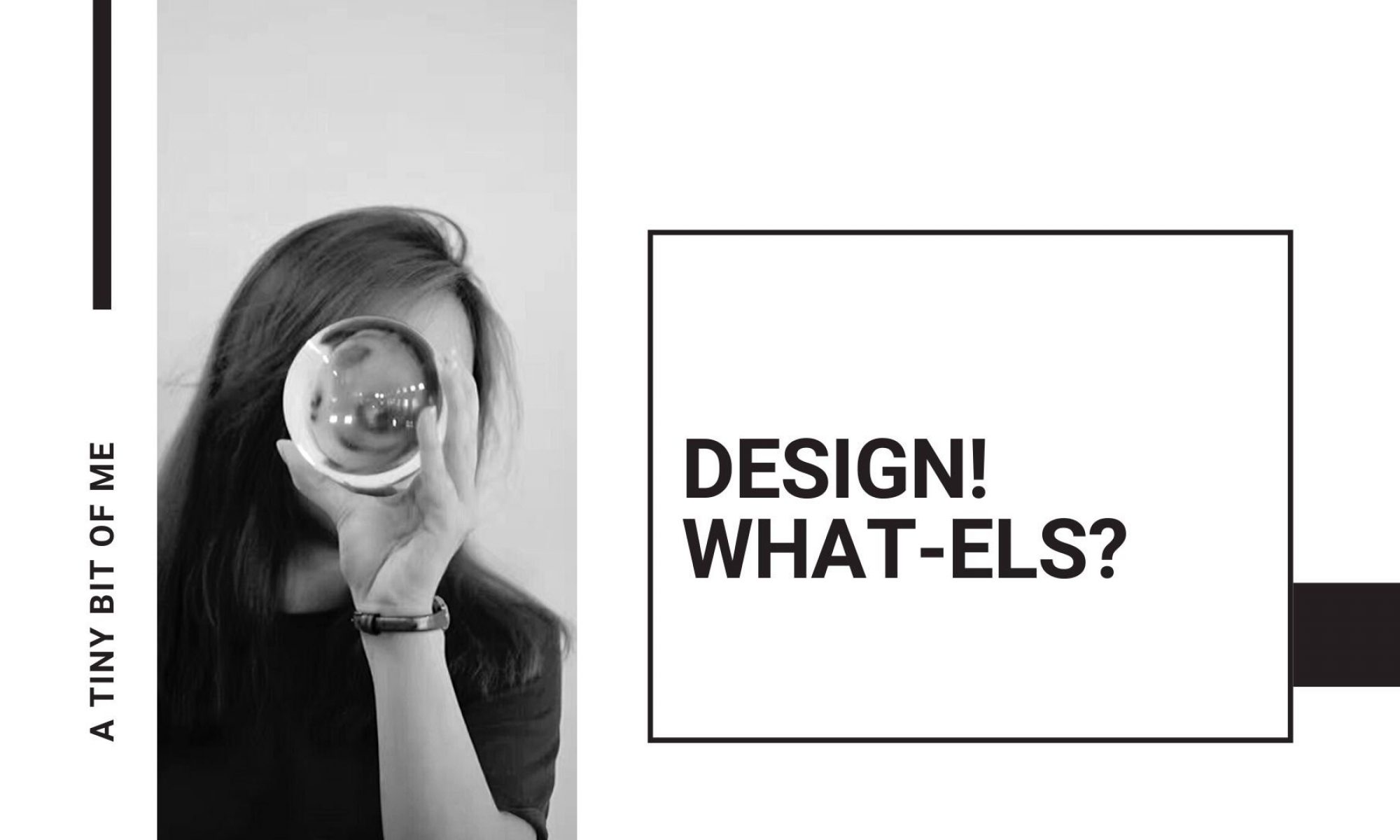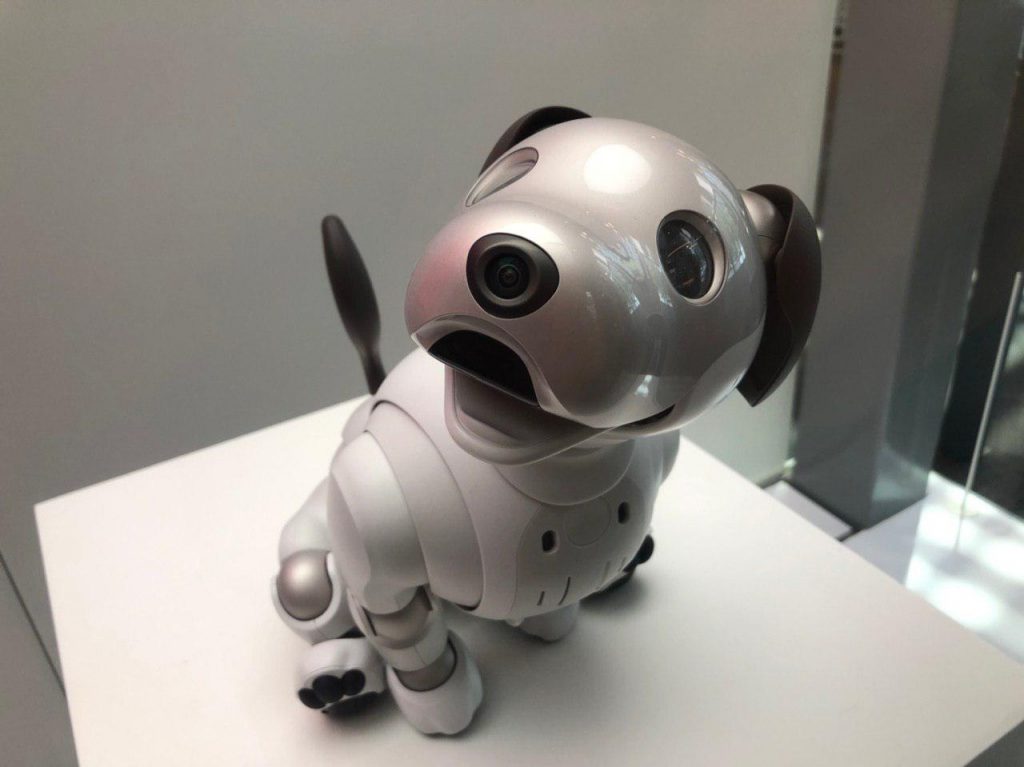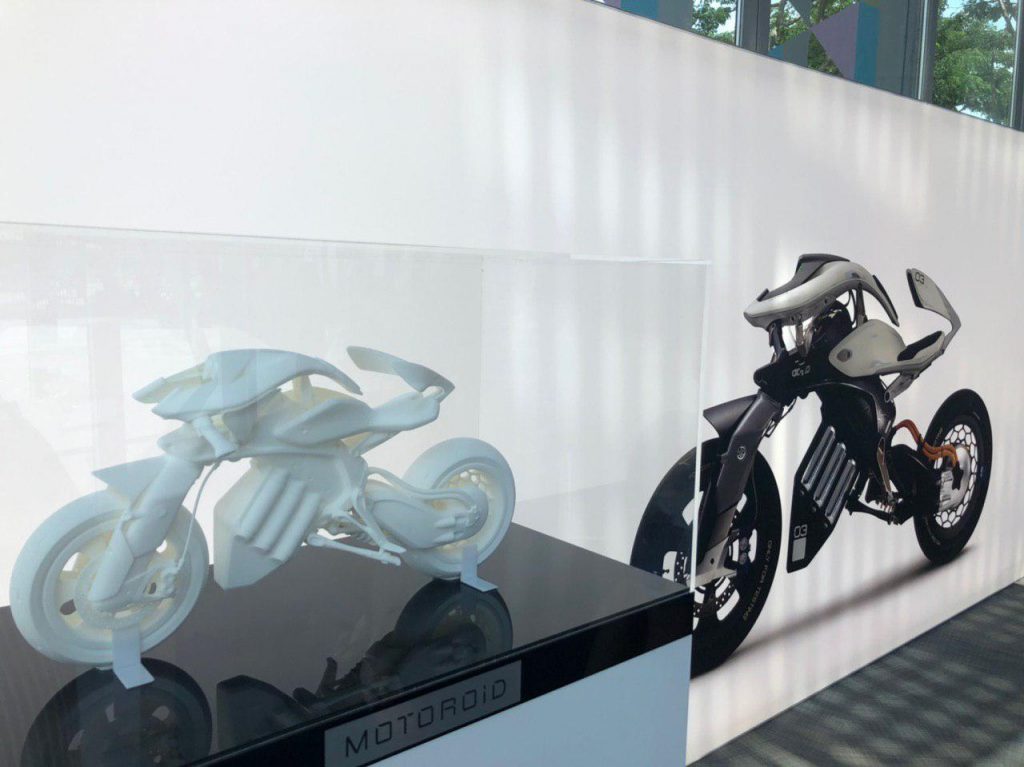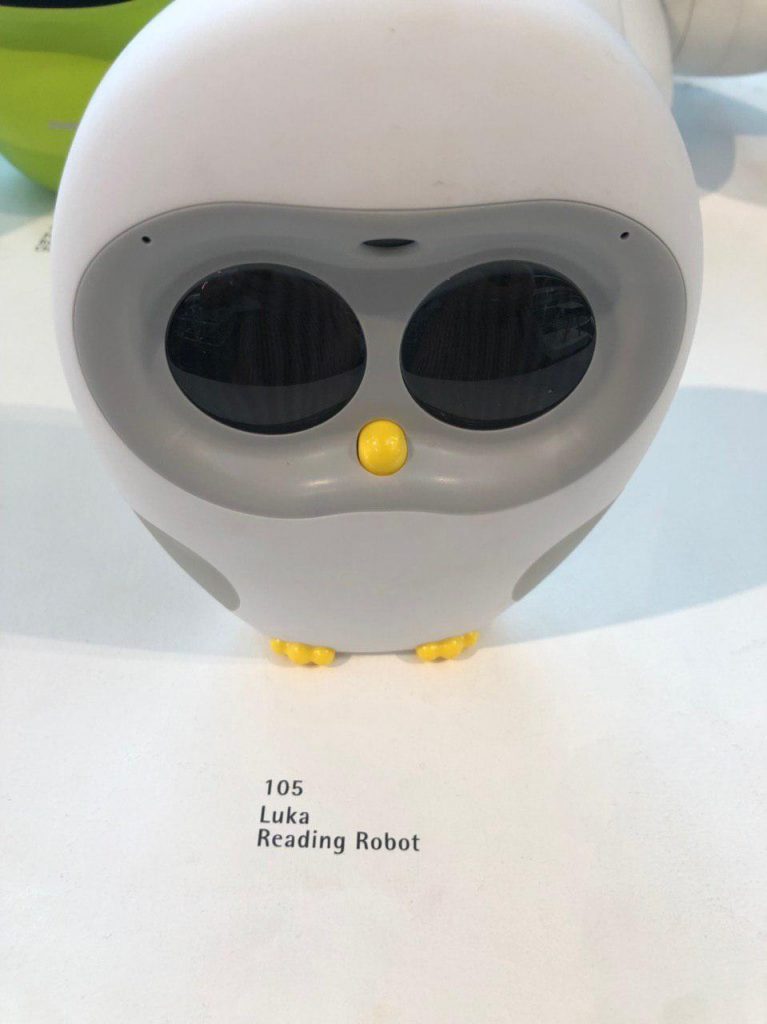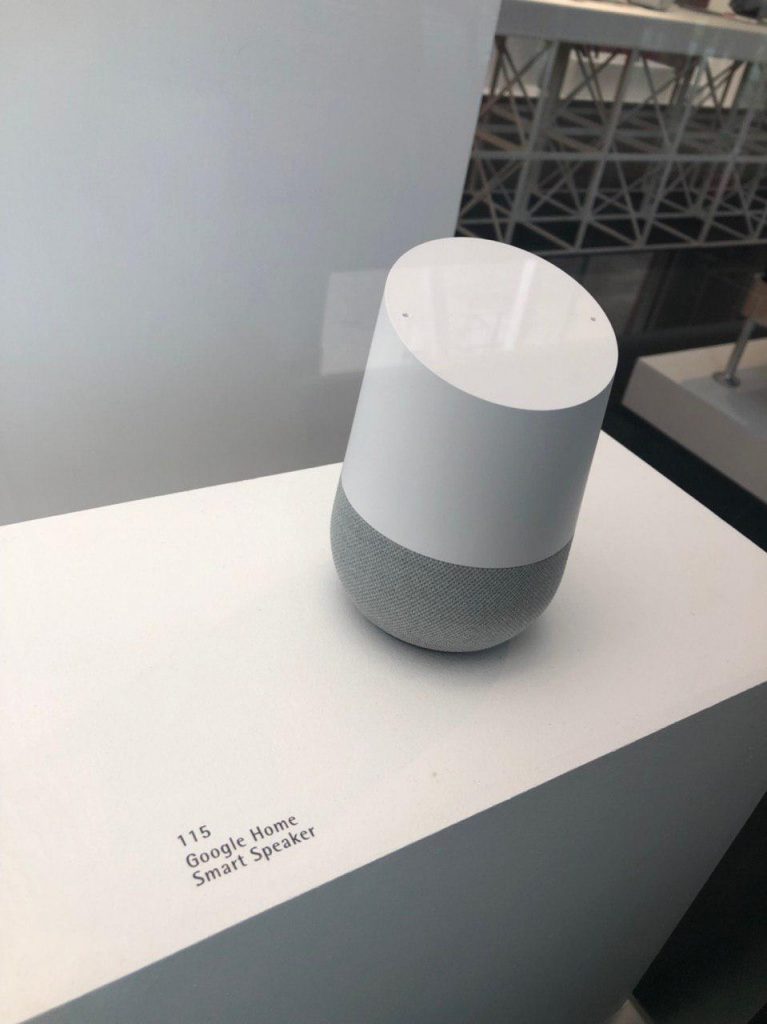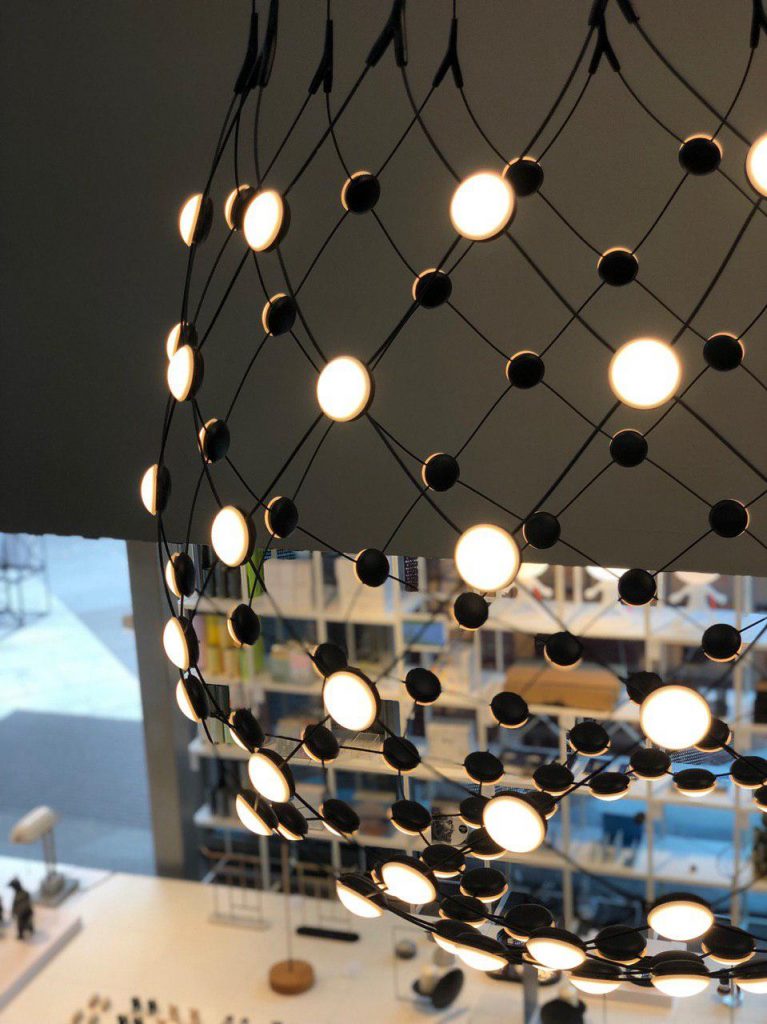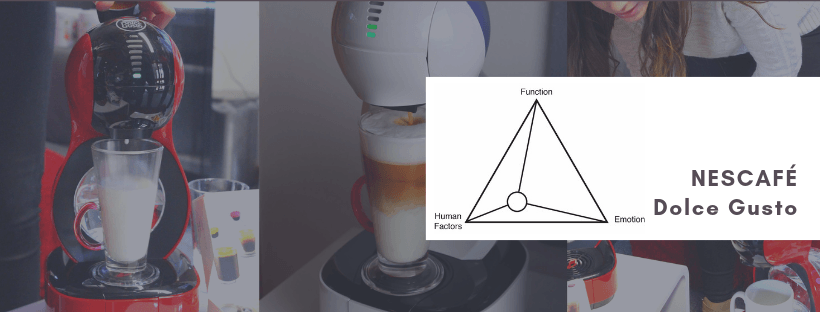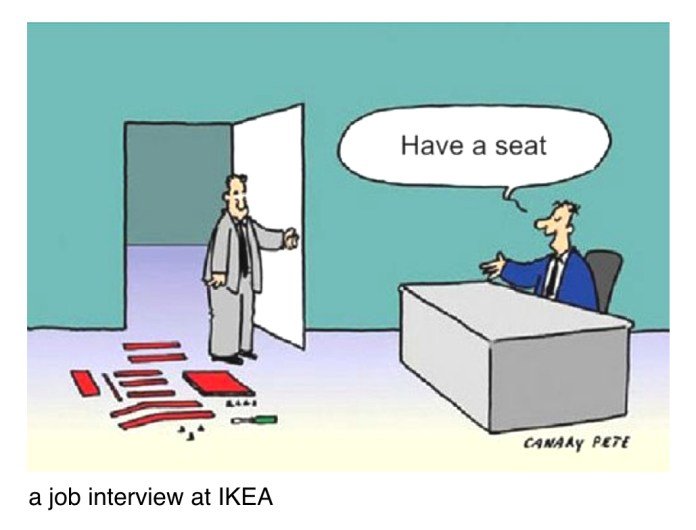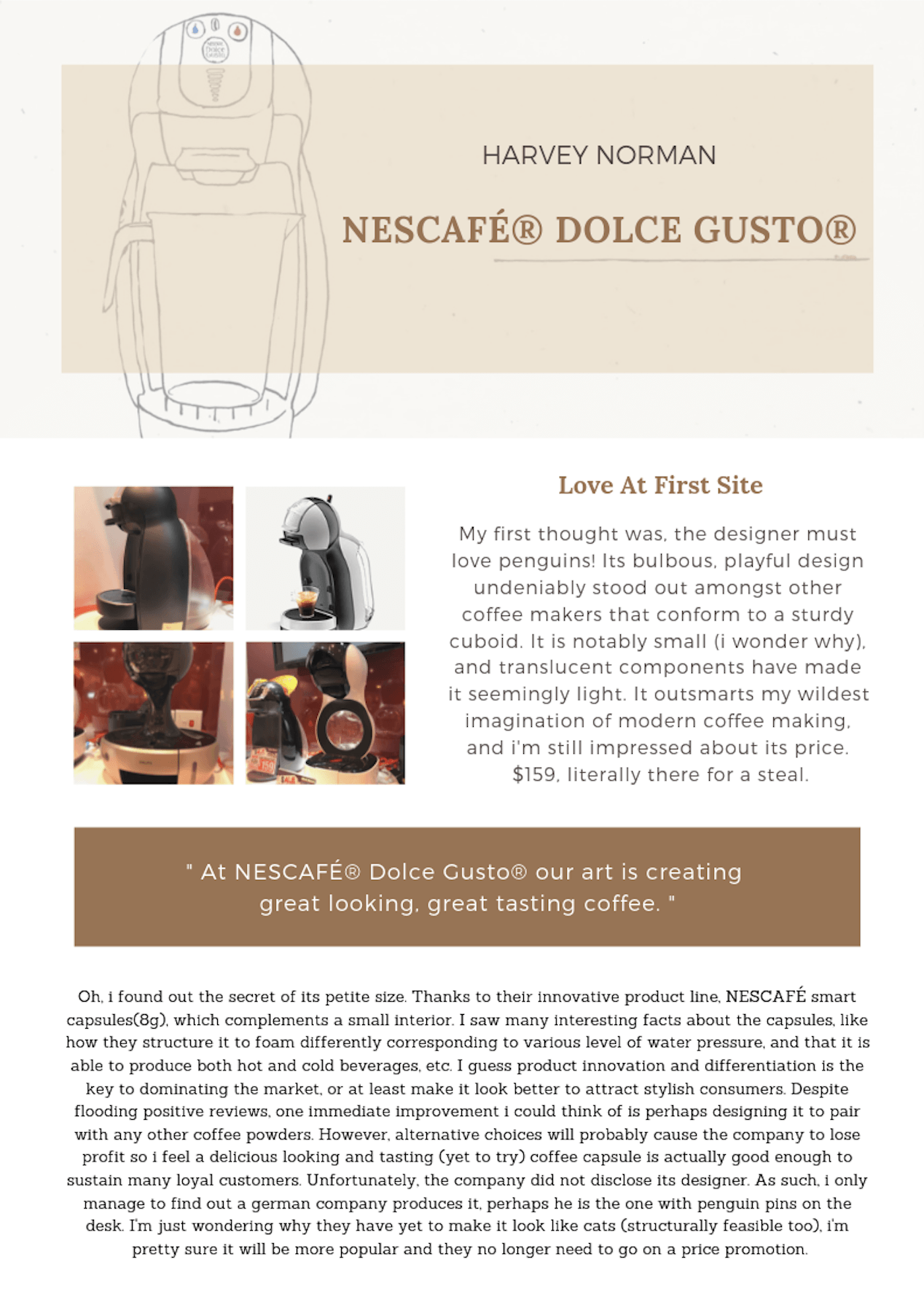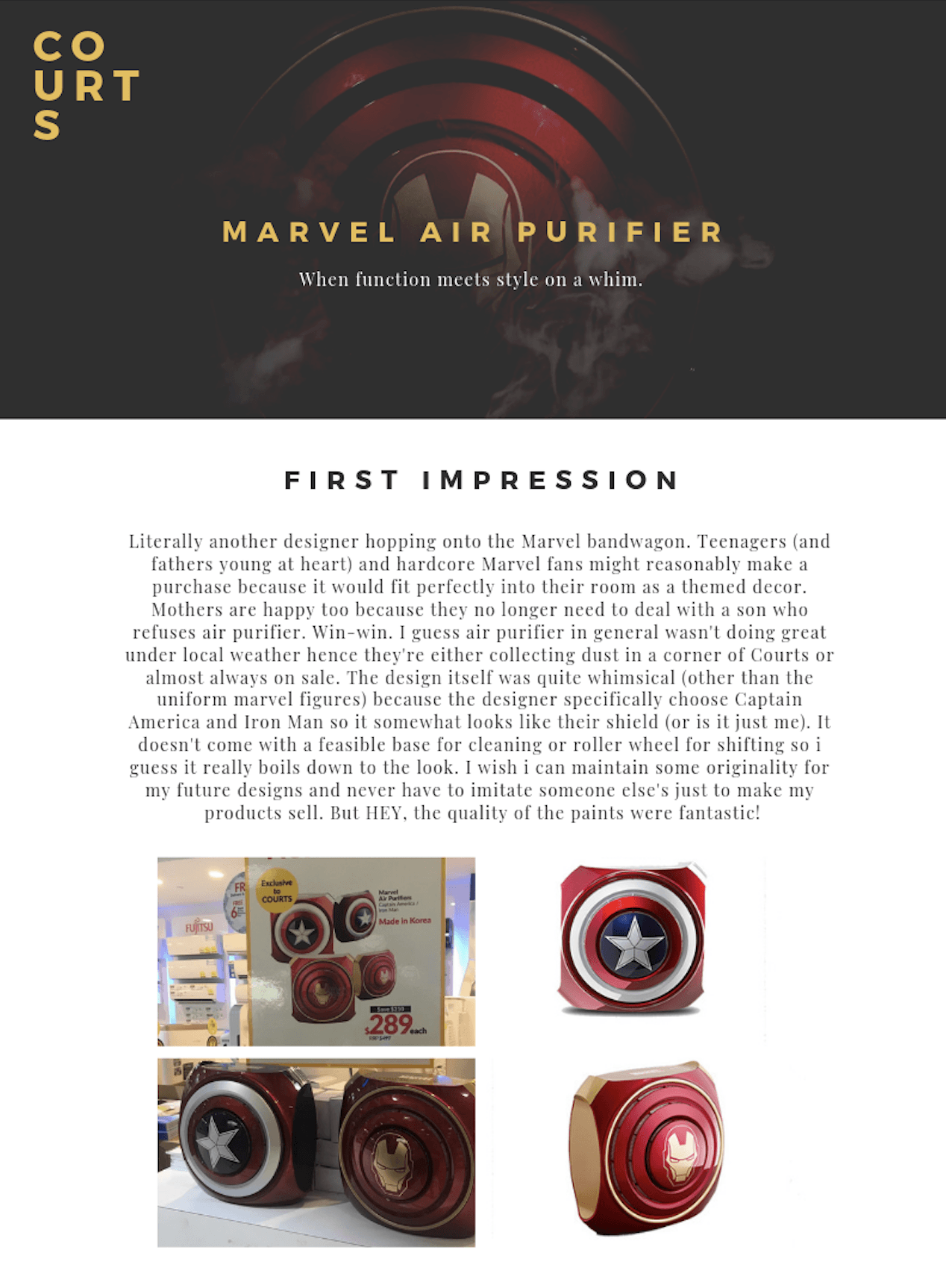Mujirushi Ryohin, in Japanese, translates to “no-brand quality goods.” MUJI's design philosophy highlights simplicity, moderation, humility and self-restraint. (Aaker,2010)
From initially producing supermarket goods in 1983 to becoming the strongest retail brand of Japan and exhibiting products in the Museum of Modern Art, the same design philosophy asserted by Ikko Tanaka remain at MUJI’s core. With more than a thousand stores worldwide, MUJI continues to impose major influence on design trends and the lifestyle of millions. During my presentation, I analyzed the 5 core design philosophies and how they were being employed in their products (refer to the slides below). This write up complements with some personal thoughts and inspiration I draw from MUJI, as a product designer.
MUJI kept the packaging minimal, with consistent neutral colours, intuitive function and no overt branding. A single product like that could have easily fallen into anonymity. However, with the entire product range in picture, and soothing music playing in the background, MUJI conveys a lifestyle in accordance with Japanese Zen. The design was not made to sell a product, rather, products were made to sell their design (philosophy).
Simplicity runs within the organization too. MUJI has employed famous designers including Jasper Morrison, Enzo Mari and Yohji Yamamoto; however, they remain anonymous once their designs reach the shelves. (Kanai, 2010) I think this is to prevent short-term furor and excessive consumerism, at the expense of potential revenue. Their design process also minimizes computer usage to avoid unnecessary details (paper preferred). For Muji, it seems, inaction speaks louder. (Aaker, 2010) MUJI’s creative director summed it up perfectly by saying: ‘Muji is an empty vessel. Its products fit into the context of every lifestyle’.
I think modern lifestyles have made MUJI’s design philosophy even more appealing because consumers have witnessed the adverse impacts of over-consumption, on our environment and spending habits etc. There is a notable craving for simplicity, we demand fewer additives in food and skincare, easy-to-assemble IKEA furniture, user-friendly interfaces, and voice control gadgets to make life simpler etc.
I take it to heart that good designs should have as little design as possible. The ‘no-brand’ theory becomes slightly metaphysical? With MUJI’s anti-glitz effort, you can easily distinguish their products from others – ironic branding achievement. Few brands deliver more self-expressive freedom than MUJI. The fact that there has been little competition shows the strength of their marketing barriers and uniqueness. This is something all product designers should look up to.
Reference:
Kanai, M. (2010). Muji = Mujirushi Ryōhin
Aaker, D. (2010). Muji: The no-brand brand. Marketing News, 44(1), 13. American Marketing Association. Retrieved from: https://remotexs.ntu.edu.sg/user/login?url=https://www.proquest.com.remotexs.ntu.edu.sg/docview/216410231?accountid=12665
Kenya Hara. Visualize the philosophy of MUJI. Retrieved from: https://www.muji.com/us/flagship/huaihai755/archive/hara.html
GMI conference. (2017). A Talk with Kenya Hara: Nothing, Yet Everything. Retrieved from: https://www.youtube.com/watch?v=px4vx0hFImQ
Presentation slides:
















